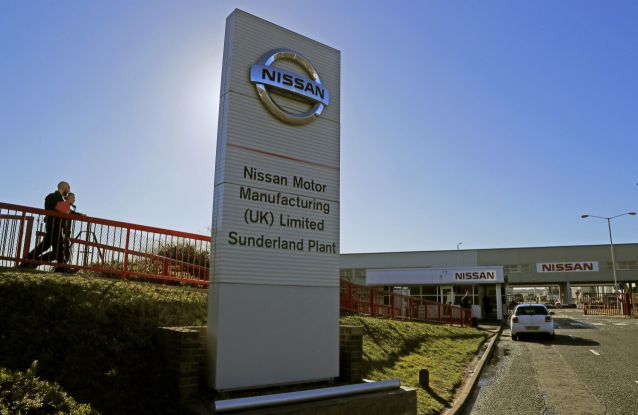Nissan Motor Co. announced on Friday that it would cancel its plan to build a $1.1 billion electric vehicle (EV) battery factory in Japan’s Kyushu region, marking the latest setback for the troubled automaker as it looks to restructure its operations.
The proposed lithium iron phosphate (LFP) battery plant, announced in January, was set to be built in Kitakyushu, Fukuoka Prefecture, with an investment of approximately 153.3 billion yen ($1.05 billion) and was expected to create around 500 jobs. However, Nissan now says it is scaling back its ambitions in the domestic market as part of broader efforts to improve performance.
The company cited “investment efficiency” concerns in its decision to cancel the project.
“Nissan is taking immediate turnaround actions and exploring all options to recover its performance,” the company said in a statement.
The decision to abandon the plant comes amid additional restructuring measures, including reports of early retirement offers for several hundred staff in Japan. According to the Nikkei, Nissan will start accepting applications for early retirement from domestic administrative employees this fiscal year.
This move marks the first significant headcount reduction in Japan in 18 years.
The automaker has already announced plans to cut 9,000 jobs globally and reduce its production capacity by 20% as part of an ongoing restructuring effort. This will be the first early retirement program in Japan since 2007, when Nissan cut 1,500 jobs in response to shrinking domestic demand.
New CEO Ivan Espinosa, who took over from Makoto Uchida last month, is overseeing a comprehensive restructuring of Nissan’s operations, including the closure of plants and further reductions in global capacity.
The Japanese government had already allocated a subsidy of up to 55.7 billion yen for the battery factory, which was expected to begin production in 2028, with an annual capacity of 5 gigawatt-hours.
Last month, Nissan warned of a record net loss between 700 billion yen and 750 billion yen ($4.8 billion–$5.14 billion) for the fiscal year ending in March, largely due to impairment charges.
The company will update its recovery plans and provide a financial outlook for the current fiscal year when it releases its full-year results on Tuesday.
























